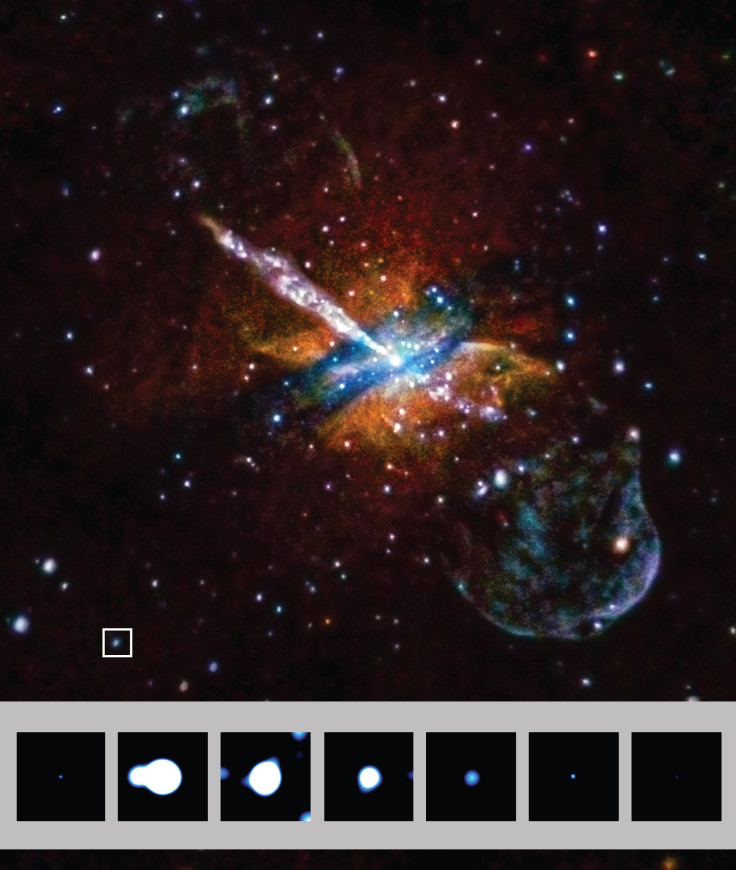Astronomers Discover Two Mysterious Cosmic Objects Belching Out Rapid X-Ray Flares

Space is big. So it’s understandable that there are certain things in the universe we are yet to discover, and events we are yet to find explanations for.
A team of astronomers have now have observed not one, but two extraordinary objects whose behavior defies explanation.
“We’ve never seen anything like this,” Jimmy Irwin from the University of Alabama, lead author of a study describing the observations, said in a statement. “Astronomers have seen many different objects that flare up, but these may be examples of an entirely new phenomenon.”
The first of two objects — both of which were discovered using NASA’s Chandra X-ray Observatory and the European Space Agency’s XMM-Newton Observatory — is located near the NGC 4636 galaxy at a distance of 47 million light-years from Earth, while the other one is located in the vicinity of the NGC 5128 galaxy, which is roughly 14 million light-years away. Both these objects were observed expelling massive X-ray flares, which became about a hundred times brighter in less than a minute, before returning to original X-ray levels after about an hour.
“These flares are extraordinary,” co-author Peter Maksym from the Harvard-Smithsonian Center for Astrophysics, said in the statement. “For a brief period, one of the sources became one of the brightest ULX to ever be seen in an elliptical galaxy.”
ULX, or ultraluminous X-ray sources, are objects that give off hundreds to thousands of times more X-rays than typical binary systems where a star is orbiting a black hole or neutron star. The nature of these massive X-ray sources remains a mystery.
What is weird about these newly discovered objects is that when they are not flaring, they are, to all appearances, normal binary systems where a black hole or neutron star is pulling material from a companion star similar to the sun. It is possible that these events are associated with an intermediate-mass black hole, between 80 to 800 times the mass of our sun, devouring objects in its vicinity, or with a neutron star — which are immensely dense stars created as a result of a massive star collapsing in on itself —stealing material from a companion locked in a highly eccentric orbit.
For now, though, the exact mechanism powering these objects, leading to the creation of rapid X-ray flares, remains unknown.
“Now that we've discovered these flaring objects, observational astronomers and theorists alike are going to be working hard to figure out what’s happening,” co-author Gregory Sivakoff from the University of Alberta, said in the statement.
© Copyright IBTimes 2024. All rights reserved.





















